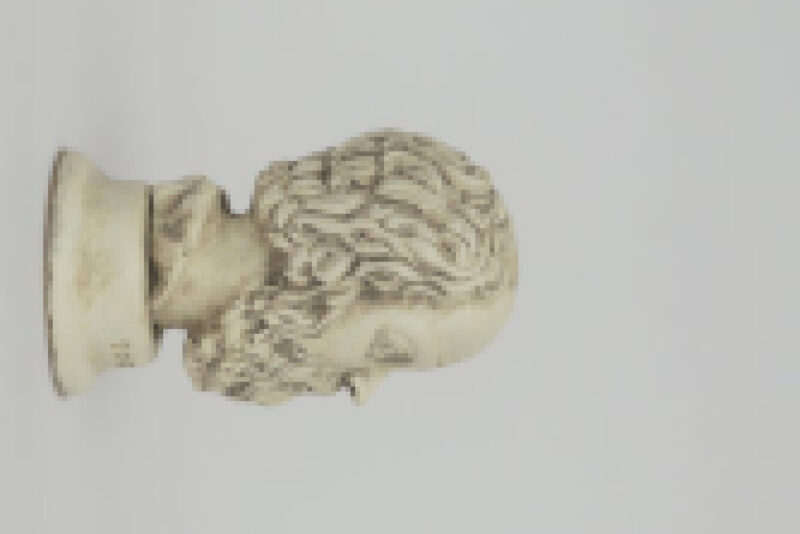January 15, 2021
The ongoing sublimation of the political into media frenzy and virtual spheres reached its climax in the events of September 11, 2001. The main front of the subsequent war was not fought where boots touched sand in the desert. Instead, images and symbols waged war on minds in the burgeoning suburbia of virtual real estate.
The means of the production for political consciousness and engagement has now been almost wholly outsourced to the cybernetic prothesis of the internet and it’s sundry, profit-driven platforms of exchange and discourse. Wednesday, January 6, 2021 virtual reality politics attempted to cut back into the real. The actors were sorely disappointed with what they found. Power itself—so effectively decentralized from the raw materiality of political bodies—no longer occupies physical sites of governance.
The insurrectionists of our day belong at neither revolutions nor riots. They belong at comic-con. These cosplay revolutionaries and cosplay anarchists (poorly) perform roles played out by specters of political engagement past. They thrash like children in a dream, trying to rip an opening in reality by mimicking the violent gestures of actors in outdated history books.
Everyone is asking—how is this happening? Where are these conspiracists and radicals, coming from?
So let’s dance.
There are two observations to make here.
First, this exchange is indicative of the tension felt in-between incommensurable paradigms of meaning occupied by a destabilized media and contemporary populist demagogues. The rabble-rouser in the video proclaims a falsity which the crowd challenges by questioning it’s veracity—“he did?” The statement that this public leader committed atrocities does not correspond to reality. With the admission of “no,” our cartoon demagogue admits at least this much (which, again, makes our cartoon less reprehensible than our own leaders). But for him, the correspondence between the statement and reality is inconsequential. For him, it is more important what the words do than what the words mean.
This is an example par excellence of what transpires in the war of words between the “liberal media” and Trump. Contemporary media outlets have entrenched themselves in a classical mode of journalism which leans heavily on the (illusory) ideal that reality can be objectively disclosed and moreover, circulated through media. Time and time again, the same media attempts to hold Trump to account for his “lies.” But like the demagogue in this scene, the notion that words are tools which objectively disclose reality—and therefore can be held to a standard of correspondence to fact—is not, and has never been, the way in which Trump uses words.
Trump cares more about what words do than what words mean. So long as the media continues to apply classical standards of truthfulness to Trump’s rhetoric both parties will remain in permanent stalemate. The problem is not that Trump is better at playing the game than media outlets. The problem is that they are playing different games altogether. These different paradigms for rhetoric are incommensurable. Insofar as we might apply Frankfort’s theory of bullshit, Trump is not a “liar.” This would imply he recognizes the authority of truth and opts to rebel against it. No, Trump is a bullshitter, for he pays no attention to truth at all.
How then does critical thought work in a world where words do more than they mean?
We observe, secondly, the logic of political unrest that unfolds in this scene. The rabble-rouser introduces a falsity which instantiates a political affect. He then attempts to wield that political affect to mobilize the crowd precisely as he would have were the falsity, in fact, true. The danger of bullshit is that it allows the rabble-rouser to introduce affective pre-conditions for engagement that would logically follow from falsehoods. Affects have the power to instantiate doubt about the most reasonable things, and confidence in the most patently absurd. Skilled demagogues abuse these affective pre-conditions with euphemism, misdirection and sleight of hand to manifest, as though from thin air, terms of political engagement and mobilization which do not follow from the actual state of affairs understood critically.
Eventually, as we experienced on January 6, the bullshit makes its way back into the real. Academicians will try to recreate the history leading up to the insurrection on the capital in order to make sense of it, in order to ensure it doesn’t happen again. We will continue to comfort and reassure ourselves with appeals to our future hindsight—“surely, history will tell.” But unfortunately, there is no history of this event and that is precisely what makes it inexplicable. It is not an outcome begotten by cause and effect. This is a cut, a violent incision rupturing space-time with no footing in truth or actuality. At the Capitol on January 6, the virtual ripped back into the real.
I don’t fear radicals who think. Neither do I fear radicals who don’t think. They simply never become radicals at all. The most frightening radicals—the ones we should be afraid of—are those who permit others think for them.
The pre-conditions for radicalization are always present in certain groups and individuals. When radicalization bubbles to the surface it is typically not because there are more radical people, but because radicals have more access to radicalizing circuits than ever before.
The infrastructure of our thought is no longer governed by the architecture of the written word, where the rules of grammar require subjects, objects, actions and formal connections between phenomena. Instead, the infrastructure of our thought has progressively yielded to the architecture of the screen, where scenes, ideas and affects can be sequenced in what would otherwise be absurd and irrational conceptual chains requiring the suspension of disbelief as a basic prerequisite to engagement. As cybernetic technologies pervade our human experience, so follows the flow of conscious thought as it is progressively outsourced to whichever circuit we plug into.
In an increasingly media saturated culture, the interstices between our ideas, emotions and their external catalysts are frenetically garbled. We jump from one scene, bit of dialogue, note of a score, a little a-roll and back to b-roll as if our minds unfold within a piece of cinema.
Thought is inclined to connect discrete phenomena to each other, to uncover meaning in the absurd. Incapable of critical exposition quick enough for the light-speed at which the cybernetic grid unfurls around us, users suspend their disbelief. Soon enough, the work—the productive energy of thought—is outsourced to screenwriters, directors and algorithms which construct the chain of the phenomenal world as it unrolls across the screen of our experience.
It is tempting to think that radicalization is a result of a hyper-rational mind groping in the dark to find its place in a coherent, comprehensible narrative. This may identify an inaugurating psychological insecurity, but in actuality something very different is the outcome. Instead of locating the conceptual circuit within a broadening totality or narrative, the radicalized subject captivates itself inside a neuro-kinetic short circuit. The enclosure of the circuit both perpetually unfolds and relentlessly presses in on the subject. Superfluous processing loops which dull the rush of uninhibited flow are terminated, further delimiting the boundaries of multiplicitous thought ad infinitum ad absurdum. Once it achieves part of the flow itself, the subject is severed from sophisticated critique of the circuit in which it is embedded. Each particular phenomena is rent from the continuity of experience that is natural to a critical human subjectivity. The horizon of past experience slowly encroaches on the present and the only authoritative relation is how the affective flow relates the current instant to the previous.
As a result of the pressures of globalism, increased “access” and the engagement afforded to us by technology, political leaders’ most effective return is to wield virtual affect mobs for political ends. However, no single person or phenomena is to blame for the current trends in radicalization. These radicalizations emerged from the outsourcing of thought and experience to a virtual plane which is governed primarily by passive circuits of affective consumption. They are not the products of any critical political consciousness that can be subjected to nuanced critique.
You step on the escalator instead of climbing the stairs. You outsource the work of locomotion to a technology. We make the same decision when we outsource the work of consciousness and critical thought.
If you intend to get on, you best be certain where the escalator will take you.




